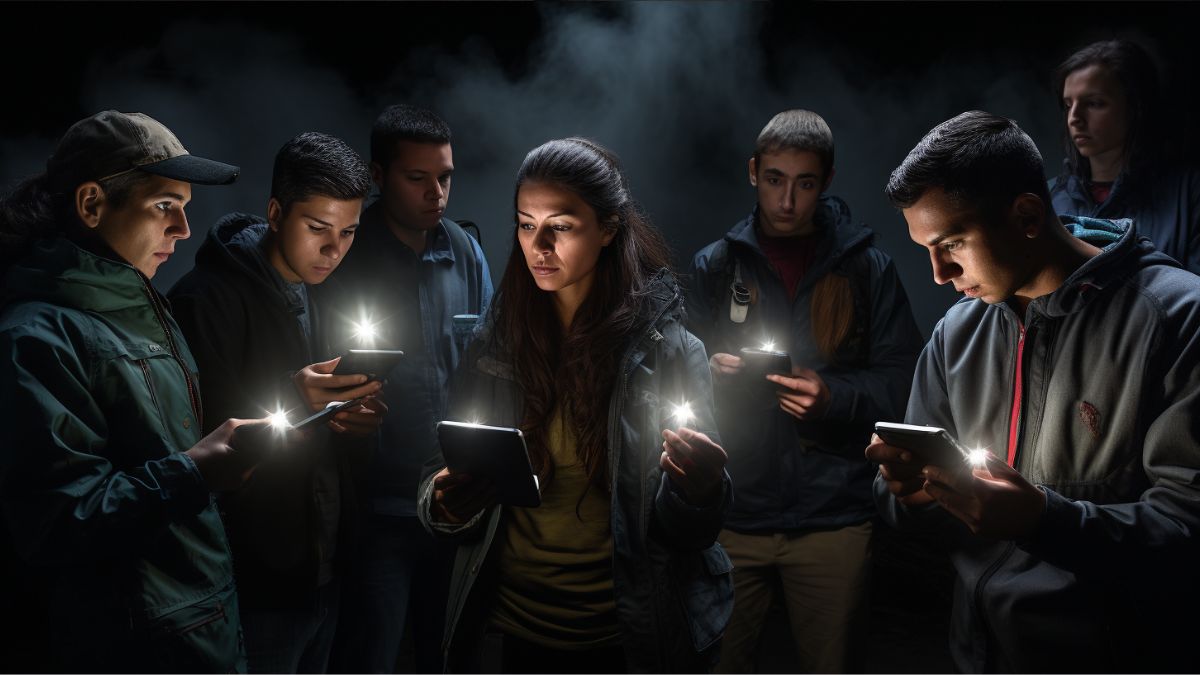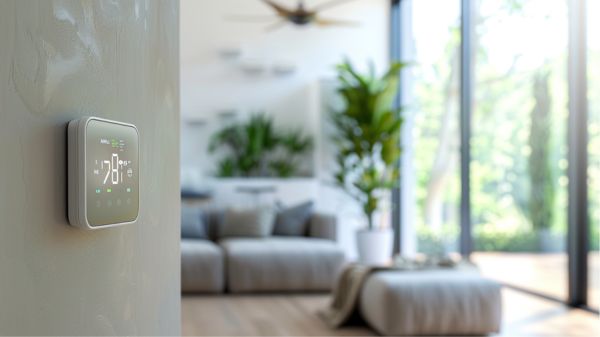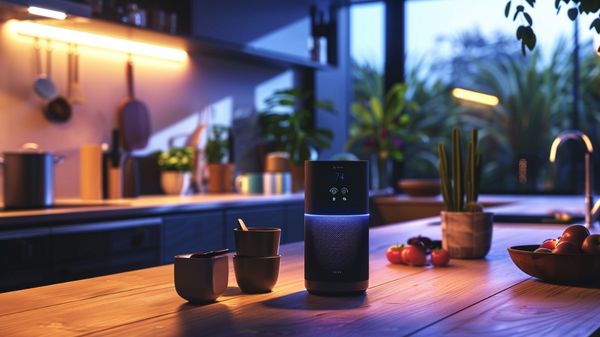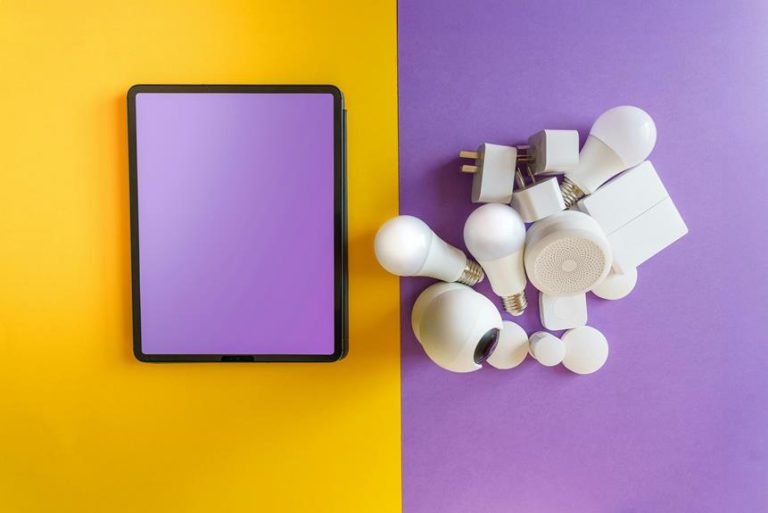Are you prepared for a blackout? Wondering how to keep yourself and your loved ones safe during a power outage? Look no further! In this blackout survival guide, experts share 10 essential tips to help you navigate through the darkness.
From protecting your electronics to ensuring lighting, preventing carbon monoxide poisoning to preserving food and water supply, this guide has got you covered. So, let’s dive in and learn how to stay safe and prepared when the lights go out.
Key Takeaways
- Unplug and switch off all electronics during a blackout to protect them from power surges.
- Leave one light on to know when the power is restored.
- Carbon monoxide can be deadly during power outages, so avoid running generators or grills indoors.
- Prepare for the possibility of no running water by filling tubs and sinks for washing, drinking, and flushing toilets.
#1. Power Surges Protection
To protect your electronics from power surges during a blackout, make sure to unplug and switch off all devices. Power surge protection is crucial in preventing damage to your valuable electronics.
When the power is restored after a blackout, the grid can become unstable, causing power surges that can be dangerous and expensive. To ensure electronics safety, consider using surge suppressors or power strips with built-in surge protection. These devices help prevent power surges from reaching your electronics and damaging them.
Investing in surge suppressors is a practical and effective way to prevent surge damage. By taking these simple precautions, you can safeguard your electronics and avoid the hassle and cost of replacing them due to power surges.
#2. Emergency Lighting Option
Leave at least one light on during a blackout to indicate when the power has been restored. In addition to traditional lighting options like flashlights and candles, there are other alternatives for emergency lighting. Consider using solar-powered lights, which provide hours of lighting during a blackout and are a sustainable option.
Don’t forget to maintain your flashlights by regularly checking and replacing batteries. When using candles, always prioritize safety by keeping them away from flammable objects and never leaving them unattended. Here is a table to help you explore different emergency lighting options:
| Lighting Option | Benefits | Considerations |
|---|---|---|
| Solar-powered lights | Sustainable and long-lasting | Require sunlight for charging |
| Flashlights | Portable and reliable | Regular battery maintenance |
| Candles | Provide soft, ambient lighting | Fire hazard and need supervision |
Having reliable emergency lighting is essential for safety and peace of mind during a blackout. Explore these options and choose the one that best fits your needs.
#3. Carbon Monoxide Accidents
Carbon monoxide is a colorless, odorless gas that can be produced when anything burns. It poses serious dangers, especially during power outages. Carbon monoxide poisoning can make you sick or even be fatal.
To ensure your safety, take necessary measures. Never run generators or grills inside garages or near open windows, as this can lead to carbon monoxide buildup. It is essential to have a carbon monoxide detector in your home and make sure it is working properly. Check and replace the batteries if needed.
Increasing carbon monoxide awareness is crucial for preventing accidents. By being aware of the dangers and taking safety measures, you can protect yourself and your loved ones from carbon monoxide poisoning.
#4. Food Preservation
Food can stay frozen for up to three days in most freezers during a power outage. This is good news for preserving your food during a blackout. To help you enjoy this information, here are some practical tips:
- Canning techniques: Consider learning how to can fruits, vegetables, and meats. This method can help extend the shelf life of your food.
- Emergency food supplies: Stock up on non-perishable items like canned goods, rice, and pasta. These can be a lifesaver during a power outage.
- Alternative cooking methods: Invest in a camping stove or a portable grill. These can be used to cook your food when your regular stove is not working.
- Food storage containers: Make sure you have a supply of airtight containers to store leftovers or pre-prepared meals.
- Emergency water filtration: Have a water filtration system or water purification tablets on hand to ensure you have access to clean drinking water during a blackout.
#5. Water Supply
Even though it may not seem like a priority, it’s important to consider the availability of water during a power outage. Municipal water may stop flowing soon after a blackout, leaving you without a reliable water source. To ensure you have enough water to drink, wash, and flush the toilet, it’s crucial to plan ahead. Here are some essential tips for water supply during a blackout:
| Water Storage | Water Purification | Emergency Water Sources |
|---|---|---|
| Store enough water for each person in your household for at least three days. | Have water purification tablets or a portable water filter on hand to purify water from alternative sources. | Identify nearby emergency water sources such as rivers, lakes, or rainwater collection systems. |
| Fill bathtubs, sinks, and buckets with water for washing and flushing the toilet. | Boil water for at least one minute to kill any harmful bacteria or parasites. | Consider purchasing emergency water storage containers or water barrels. |
| Utilize the water stored in your water heater, which can hold 40 gallons or more. | Use bleach to disinfect water by adding 8 drops per gallon and letting it sit for 30 minutes. | Connect with your local community to find out if there are designated emergency water distribution points. |
| Use water from melted ice in your freezer if it is still safe to consume. | Construct a homemade water filter using layers of cloth, sand, and gravel to remove impurities. | Explore options for rainwater harvesting or installing a well on your property. |
During a power outage, water conservation is essential. Minimize water usage by taking quick showers instead of baths and using water-efficient appliances. Remember, having access to clean water is vital for your well-being and survival during a blackout. Take the necessary steps to ensure you have enough water for your household.
#6. Safety Measures for Garage Doors
If the power goes out, you can manually open and close your garage door by pulling on the cord hanging from the arm that connects the door to the opener rail. Here are some steps to follow for manual operation of your garage door:
- Ensure the power is completely out before attempting to manually operate the door.
- Locate the cord hanging from the arm that connects the door to the opener rail.
- Pull on the cord firmly to disconnect the door from the opener.
- Lift the door manually by grabbing it from the bottom and lifting it straight up.
- To close the door, slowly lower it until it reaches the ground and engage the lock mechanism if available.
Remember to take the following safety precautions and security measures while operating your garage door manually:
- Keep children and pets away from the door during manual operation.
- Avoid placing your hands or fingers near the moving parts of the door.
- Regularly perform garage door maintenance to ensure smooth manual operation.
- Install security measures such as deadbolt locks or smart locks for added security.
- Familiarize yourself with emergency access points in case of any future power outages.
#7. Heating
To stay warm during a power outage, you can use the hot water from your water heater to provide some heat. If your water heater is a gas model without power venting, it may still work during a blackout.
Fill sinks and tubs with hot water and drain them when the water cools. This will help to distribute heat throughout your home. You can also use the hot water for washing dishes or taking warm sponge baths. However, it’s important to be mindful of your hot water usage during a blackout, as the supply is limited.
Additionally, if indoor temperatures are approaching freezing, it’s advisable to drain your plumbing system to prevent burst pipes.
#8. Alternative Power Sources
You can keep your devices powered up during a blackout by using your car to recharge them. Here are some options to consider:
Using your car battery:
- Connect your device to your car’s charging port using a USB cable.
- Start your car’s engine to provide power to the charging port.
Portable chargers:
- Invest in a portable charger that can be charged beforehand and used during a blackout.
- These chargers come in various capacities and can charge multiple devices simultaneously.
Solar power:
- Consider getting a solar-powered charger that can harness sunlight to charge your devices.
- These chargers are environmentally friendly and can be a reliable source of power during emergencies.
Power banks:
- Keep a fully charged power bank handy to charge your devices on the go.
- These portable battery packs can provide multiple charges for your devices.
Emergency charging:
- Prioritize charging essential devices like phones for communication during a blackout.
- Use power-saving modes on your devices to conserve battery life.
#9. Preventing Freezing
Preventing freezing during a blackout can be achieved by taking a few steps. First, drain your plumbing system if indoor temperatures are approaching freezing. Start by turning off the main water supply valve and opening the lowest valve in the house.
Open faucets to allow air into the system as the pipes drain. Don’t forget to plunge toilets, sinks, and bath drains to clear water from the traps. Plugging drains is also important to prevent sewer gases from rising into the house.
In addition to draining the plumbing, it is recommended to insulate pipes using heat tape or foam insulation to further protect them from freezing. Using space heaters in key areas can help maintain indoor temperatures above freezing. Lastly, it is crucial to check your thermostat settings to ensure the temperature is set appropriately.
#10. Safety Precautions
During a power outage, it is important to be aware of the increased risk of accidents and injuries. Here are some safety precautions to keep in mind:
Emergency supplies:
- Ensure you have a well-stocked emergency kit with essential items like flashlights, batteries, and non-perishable food.
- Keep a supply of clean water and necessary medications.
First aid:
- Familiarize yourself with basic first aid techniques and have a fully stocked first aid kit on hand.
- Be prepared to provide immediate medical assistance in case of injuries.
Evacuation plan:
- Create a plan with your family on how to evacuate safely in case of an emergency.
- Identify escape routes and designate a meeting point outside your home.
Communication plan:
- Establish a communication plan to stay connected with your loved ones during a blackout.
- Share emergency contacts and determine a method to communicate if cell phone service is disrupted.
Conclusion
So there you have it, your comprehensive blackout survival guide. Remember, when the lights go out, it’s not just a minor inconvenience. It’s a potentially dangerous situation that requires your attention and preparedness.
By following these expert tips, you can navigate through the darkness with ease and ensure your safety. From protecting your electronics to preventing carbon monoxide poisoning, every step matters. So stay informed, stay prepared, and embrace the irony of relying on darkness to shed light on your survival skills.
Stay safe out there!
Step into the future of energy with the Infinite Energy System. This incredible device is not only 98% cheaper, but it also takes up only 5% of the space of regular solar panels. Experience an 80% reduction in your power bills and be part of the household revolution. Don’t hesitate, grab your Infinite Energy System today!





